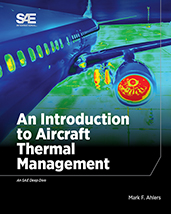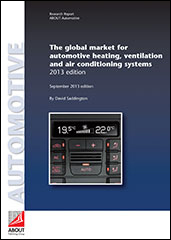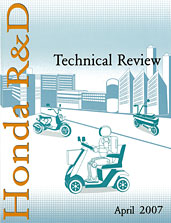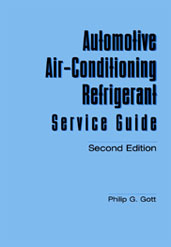Book
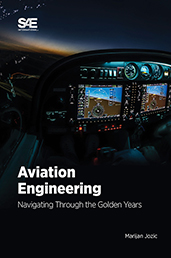
Aviation Engineering: Navigating Through the Golden Years
2023-02-28
Marijan Jozic has been involved in avionics engineering and maintenance for over 40 years. He has held a variety of roles, from Test Equipment Calibration and Maintenance Engineer, Systems Engineer, to Product and Program Manager. In Aviation Engineering: Navigating Through the Golden Years, Marijan candidly shares his journey through the world of avionics. Covering the 40-year period between 1980 and 2020, he discusses his experiences, observations, challenges faced, obstacles overcome, and the lessons learned throughout his successful career, as he proudly carried the torch through a crucial time in the aviation industry. The insights provided on team building and leadership can be beneficial for any stage of a career path. "Who else could be most qualified to write a book about the golden years of aviation than Marijan Jozic?
